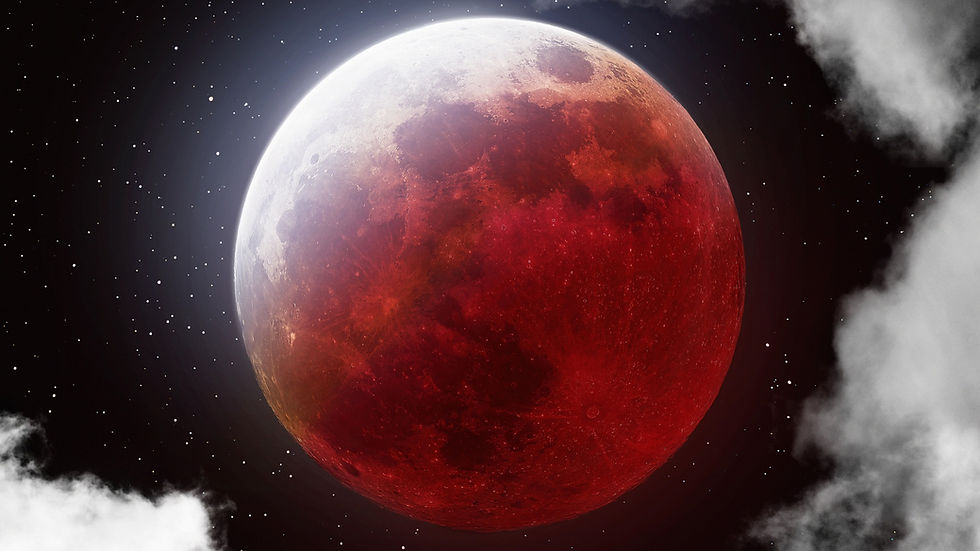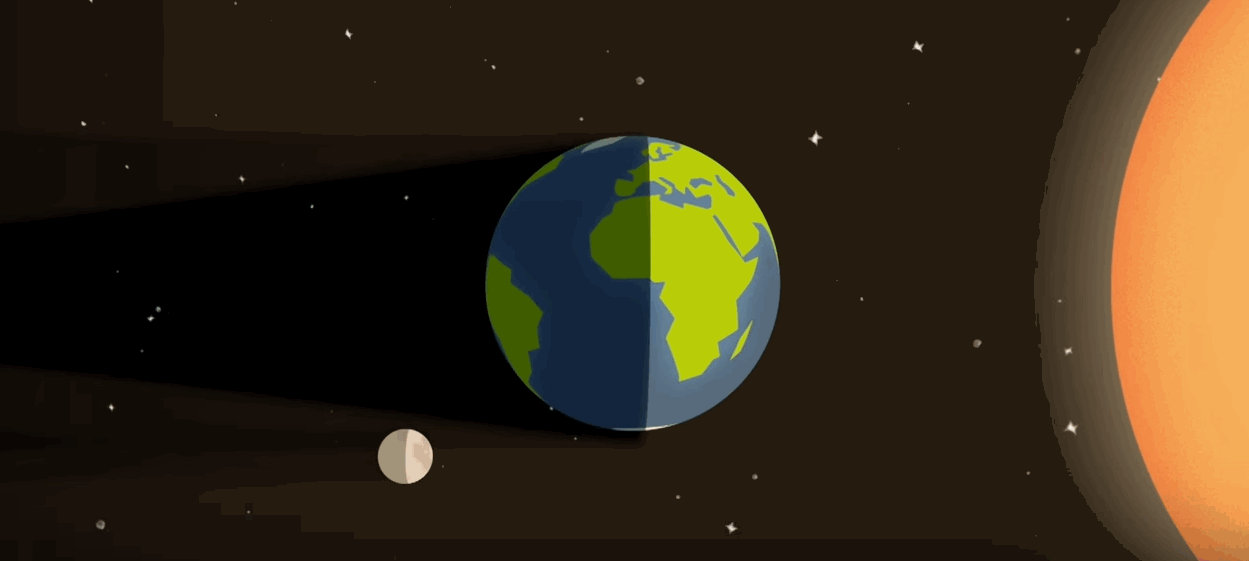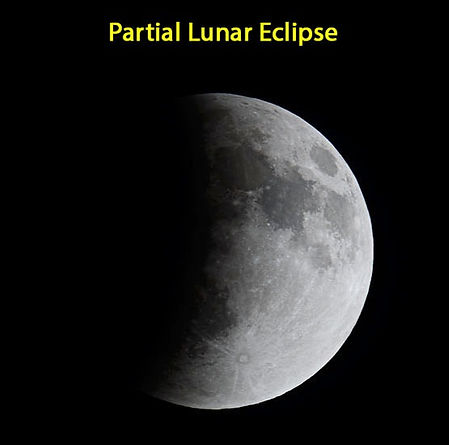
Lunar Eclipse
How and Why does it occur
Lunar eclipses happen when Earth positions itself between the sun and the moon, casting a shadow across the lunar surface. Lunar eclipses can only happen when the moon is directly opposite to the sun in our Earthly sky at the time of the full moon.
Timespan
Approximately every six month
Who can see it?
You should be able to see a lunar eclipse as long as you are on the night-side of the Earth when the eclipse occurs. Rural areas with little or no artificial lights have the clearest skies and the best viewing conditions.

During a lunar eclipse, Earth comes between the Sun and the Moon, blocking the sunlight from falling on the Moon.
Eclipse Season

There are three types of lunar eclipses depending on how the sun, Earth and moon are aligned at the time of the event.
-
Penumbral lunar Eclipse
-
Partial Lunar Eclipse
-
Total Lunar Eclipse


Penumbral lunar eclipse: The faint outer part of Earth's shadow is cast across the lunar surface. This type of eclipse is not as dramatic as the other two and can be difficult to see.
Partial lunar eclipse: During a partial lunar eclipse, only part of the moon enters Earth's shadow, which may look like it is taking a "bite" out of the lunar surface. Earth's shadow will appear dark on the side of the moon facing Earth. How much of a "bite" we see depends on how the sun, Earth and moon align, according to NASA.

Total lunar eclipse: Earth's shadow is cast across the entire lunar surface.
During a total lunar eclipse, the lunar surface turns a rusty red color, earning the nickname "blood moon". The eerie red appearance is caused by sunlight interacting with Earth's atmosphere.
When sunlight reaches Earth, our atmosphere scatters and filters different wavelengths. Shorter wavelengths such as blue light are scattered outward, while longer wavelengths like red are bent or refracted into Earth's umbra. When the moon passes through Earth's umbra during a total lunar eclipse, the red light reflects off the lunar surface, giving the moon its blood-red appearance.

